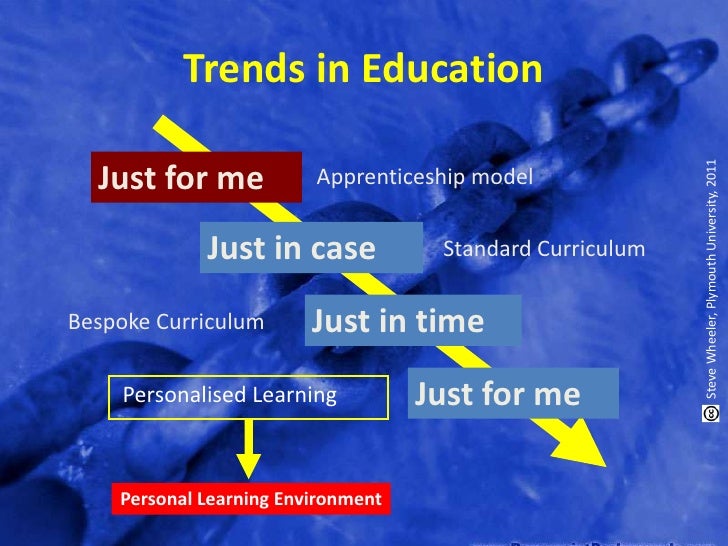A recent Ingenio article by Judy Wilford (2015) discusses the impact of research that encompasses the needs of Maori. The research process, implemented by neurobiologist Dr Melanie Cheung and focussed on brain function in relation to Huntingdon's disease, is almost entirely conducted by Maori researchers on Maori subjects. In order to work out the way in which to proceed with the research they consulted widely with Iwi to ensure the proper protocols were followed and the researchers ensured Tikanga Maori was an integral part in the way the research was implemented. The final comment in the article "We're discovering that what is good for Maori is likely to be good for others as well." suggests that these researchers have found a way to ensure that their process can benefit everyone.
This article interested me because it modelled a research process that allowed the participants to receive a treatment that was appropriate to their culture and that nurtured this aspect. Actions such as greeting the participants with Karakia, eating with them and showing them the space in which they will work together all serve to make them feel valued and safe in an otherwise hostile hospital environment.
SO WHAT HAS THIS TO DO WITH EDUCATIONAL RESEARCH?
Quite a lot! How often as teachers or researchers do we take into account the cultural background and level of comfort our students experience in school? How often are they consulted about how their assessment data is used and the way it is shared with others? School is a contrived environment that reflects a eurocentric model of education. The majority imposes its understandings of what is important on students and their whanau. This may be considered a necessary evil - that we have a certain amount of content that must be covered and this is how we will cover it. But do we need to question the validity of that content and those assessments for students whose cultural experiences are vastly different from our own? When conducting research or being involved in a research initiative do we need to consult with participants to ensure their cultural needs are taken into account and acknowledged by the researchers and the method of research?
The flipped classroom model could prove to be one way in which Maori and Pasifika students can begin to control the content of their learning and the focus of assessments. The research process into the impact of the flipped classroom on reluctant learners could model for them a new way of interacting with others and a different way of talking about learning.
Reference
Wilford, J. (2015 Autumn). Powering the Brain.
Ingenio, pp28-29




